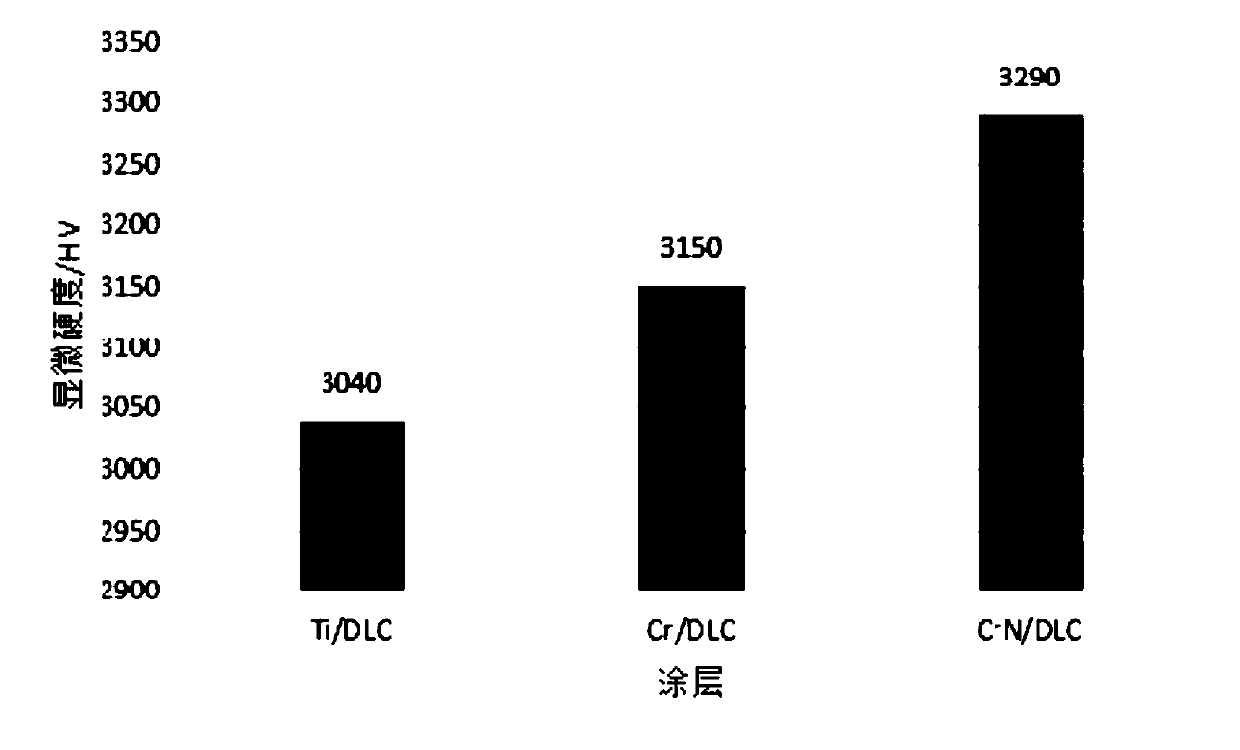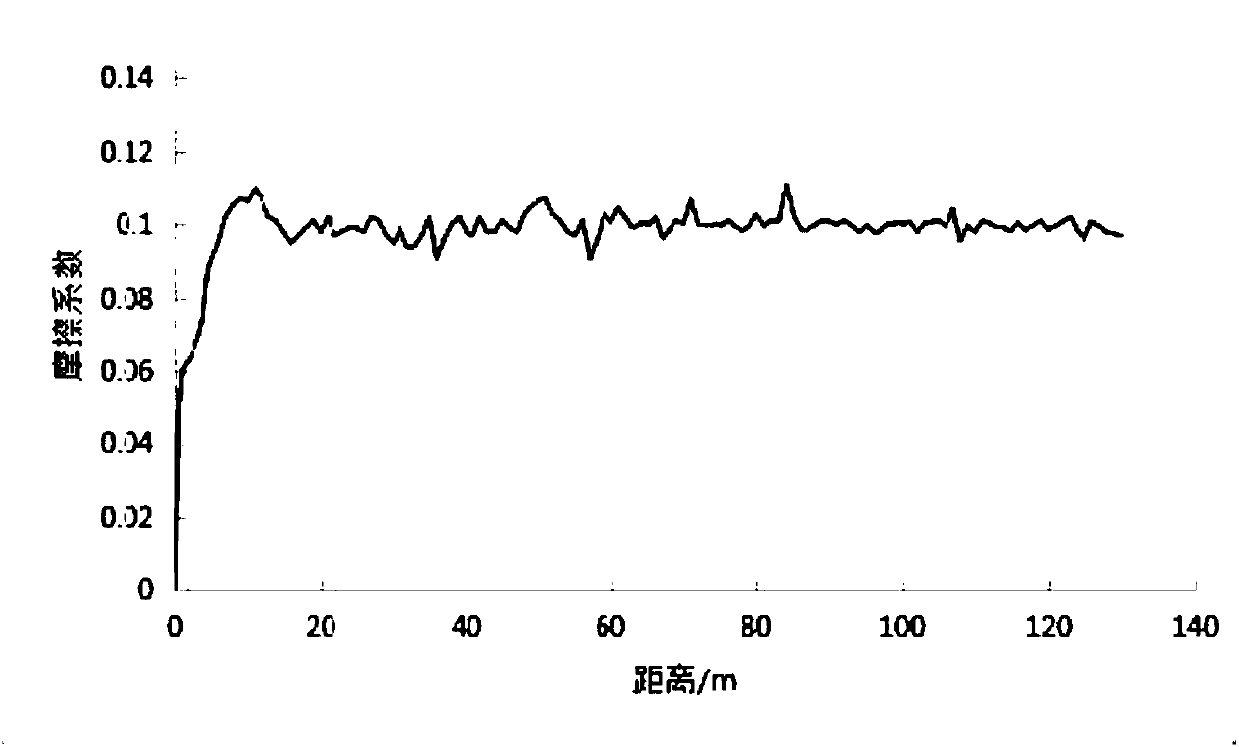Plastic bottle cover mould having surface with diamond like composite coating
A composite coating and surface coating technology, which is applied in metal material coating technology, coating, gaseous chemical plating, etc., can solve the problems of reduced thermal conductivity of the mold surface, affecting the demoulding effect, and insufficient mold life, etc., to achieve Reduce stress, alleviate physical property mismatch, and improve wear resistance
- Summary
- Abstract
- Description
- Claims
- Application Information
AI Technical Summary
Problems solved by technology
Method used
Image
Examples
Embodiment 1
[0031] Coating material: Ti / DLC, Cr / DLC or CrN / DLC
[0032] Coating Substrate: Beryllium Copper or Corrosion Resistant Steel
[0033] (1) Mold surface treatment. First place the mold base in absolute alcohol for manual cleaning to remove hard-to-remove adhesions on the surface. Then perform ultrasonic cleaning with acetone on the surface of the mold substrate to further remove oil stains and impurities on the surface. The cleaning time is 30 minutes. After cleaning, take it out after drying.
[0034] (2) Preparation of transition layer. Clamp the dried mold base and send it into the cathodic arc deposition equipment equipped with high-purity rectangular Ti (99.99%) target and rectangular Cr (99.99%) target, vacuumize the furnace cavity to 0.006mbar, and the base Heat to 200°C.
[0035] When beryllium copper is used as the base material and the Ti transition layer is prepared, the Ar gas flow rate is 200 sccm, the Ti target current is 120 A, the base bias voltage is 450 V,...
Embodiment 2
[0041] Scanning electron microscopy (200FEG Quanta) was used to measure the coating thickness, and the cross-sectional structure of the coating was as follows: figure 1 As shown, the thicknesses of the transition layers Ti, Cr, and CrN are 0.65 μm, 0.78, and 0.71 μm, respectively, and the thickness of the diamond-like coating is 1.65 μm.
Embodiment 3
[0043] The microhardness of the coating was measured with a Nano Indenter XP nanoindenter from MTS Corporation of the United States and a diamond indenter.
[0044] Experimental parameters: CSM method, thermal drift rate 0.05nm / s, indentation depth 200nm.
[0045] The microhardness of the three coatings are as follows figure 2 As shown, significantly greater than the matrix hardness.
PUM
| Property | Measurement | Unit |
|---|---|---|
| thickness | aaaaa | aaaaa |
| thickness | aaaaa | aaaaa |
| thickness | aaaaa | aaaaa |
Abstract
Description
Claims
Application Information
 Login to View More
Login to View More - R&D
- Intellectual Property
- Life Sciences
- Materials
- Tech Scout
- Unparalleled Data Quality
- Higher Quality Content
- 60% Fewer Hallucinations
Browse by: Latest US Patents, China's latest patents, Technical Efficacy Thesaurus, Application Domain, Technology Topic, Popular Technical Reports.
© 2025 PatSnap. All rights reserved.Legal|Privacy policy|Modern Slavery Act Transparency Statement|Sitemap|About US| Contact US: help@patsnap.com



